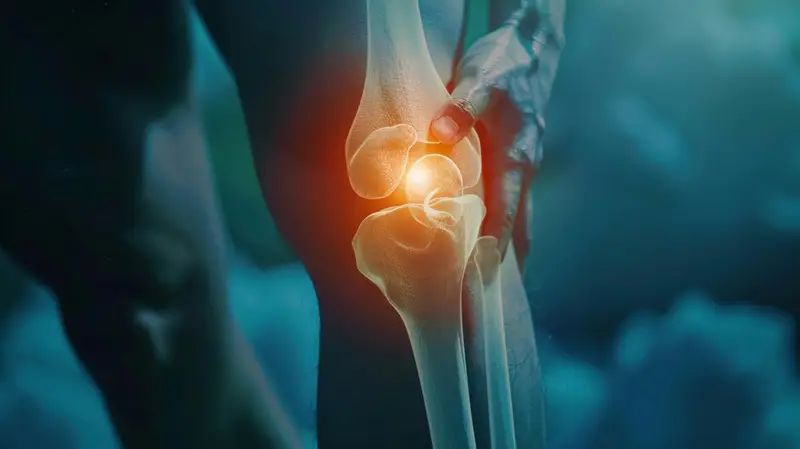- Published on: Apr 04, 2024
- 1 minute read
- By: SecondMedic Expert
Understanding Common Orthopedic Injuries: Causes, Symptoms, And Treatment Options
First of all, Orthopedic injuries are widespread in all age groups and activity levels, affecting the bones, muscles, ligaments, and joints. These injuries, which can range from mild sprains to serious fractures, can have a major effect on everyday activities and bodily function. Effective management and recovery from common orthopedic injuries depend on an understanding of the origins, symptoms, and available treatments. This post will discuss some of the most common orthopedic ailments, their underlying causes, distinguishable symptoms, and accessible treatment options.
Common Orthopedic Injury Types:
Bends and Twists:
Causes: Frequently brought on by abrupt stretching or twisting motions, including those that occur during sports or falls.
Pain: bruising, edema, restricted range of motion, and muscle weakening are among the symptoms.
Treatment: Rest, ice, compression, elevation (RICE), physical therapy, and sometimes bracing or splinting.
Fractures
Causes: Trauma from falls, auto accidents, sports injuries, or from prolonged, repetitive stress can lead to fractures.
Symptoms: include pain, bruising, deformity, swelling, and difficulty bearing weight. Occasionally, there is also an audible snap or crack at the scene.
Treatment: options include immobilization with casts or splints, surgery for severe fractures, realignment (reduction) for displaced fractures, and rehabilitation after surgery.
Tendonitis:
Causes: Repetitive motion or overuse, which is common in manual laborers, sports, and people with poor ergonomics.
The following symptoms usually get worse with movement: pain, soreness, edema, and restricted range of motion.
Treatment options include rest, ice, physical therapy, anti-inflammatory drugs, and equipment or activity adjustments to lessen strain.
Rotator Cuff Injuries:
The causes include aging-related degeneration, overuse, repetitive actions, and acute injuries from things like falls and carrying heavy objects.
Symptoms include weakness, soreness in the shoulder, restricted range of motion, and occasionally popping or clicking sounds.
Treatment options include corticosteroid injections, physical therapy, anti-inflammatory drugs, and, in extreme situations, arthroscopic surgery.
Osteoarthritis:
Causes: Over time, degenerative changes in the joints cause inflammation and cartilage degradation.
Symptoms include limited range of motion, stiffness, edema, and joint pain that frequently gets worse with movement.
Treatment options include joint injections, physical therapy, lifestyle changes, pain and inflammation medications, and, in extreme situations, joint replacement surgery.
In summary, although orthopedic injuries are a typical occurrence, people can efficiently recover and resume their normal functions with the right knowledge and care. For the best possible results and prompt intervention, it is crucial to understand the origins, symptoms, and available treatments for common orthopedic injuries. Whether the injury is a degenerative joint problem, a fractured bone, or a sprained ankle, getting medical help quickly and adhering to a thorough treatment plan will greatly speed up healing. People can reduce their chance of injury and lead active, pain-free lives by emphasizing their orthopedic health and adopting preventive measures.
Read FAQs
A. Orthopedic injuries can be caused by various factors, including accidents, sports-related activities, overuse or repetitive motions, falls, and underlying medical conditions such as arthritis or osteoporosis.
A. Symptoms of orthopedic injuries vary depending on the type and severity of the injury but may include pain, swelling, tenderness, stiffness, reduced range of motion, weakness, and instability in the affected area.
A. Treatment options for orthopedic injuries may include rest, ice, compression, elevation (RICE therapy), physical therapy, medication (such as pain relievers or anti-inflammatory drugs), immobilization with splints or braces, corticosteroid injections, and in severe cases, surgery. Treatment plans are tailored to each individual's specific injury and medical history.









